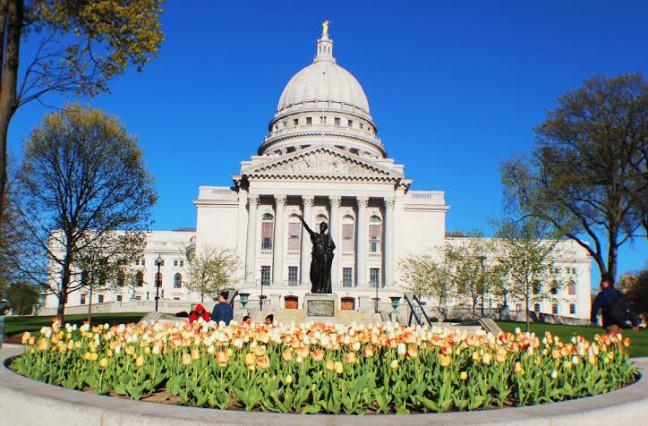In part for being a college town with a strong sense of community, Madison was recently ranked the fifth best city to call home in the United States.
Livability.com, a real estate website, ranked Madison among the top 10 in its recently-released list of the 100 best places in the U.S. The ranking takes into account data related to economics, education, health care, housing, social and civic capital, amenities and infrastructure, Livability Editor Matt Carmichael said in an email to The Badger Herald.
“It was an entirely data-driven process based on our own research as well as a survey of American attitudes and preferences for what they consider ‘livable,'” Carmichael said.
Livability editors examined and analyzed data from more than 1,700 cities throughout the country before determining the top 100, according to the website. For this ranking, Livability focused on smaller to mid-sized cities ranging from 25,000 to 350,000 in population, the website said.
Ald. Marsha Rummel, District 6, said Madison is not only a livable city, but also a likable city that is a great place to reside.
“[This is due to] our location set between two lakes, our creativity and strong sense of community,” Rummel said.
Ald. Scott Resnick, District 8, said Madison’s improved ranking is thanks to Mayor Paul Soglin. When examining Livability’s original rankings, Soglin noticed a discrepancy in the numbers, particularly in the area of education, Resnick said.
After realizing this disparity, Soglin’s staff contacted Livability’s team and notified them that Madison’s education numbers were far too low, Resnick said.
After Soglin contacted Livability, Madison’s ranking jumped from 79th to 5th, Resnick said.
The website said Livability focused on four primary principles when determining these rankings: access, affordability, choice and utilization.
Livability also measures if city residents take advantage of these four factors to make the most of their city.
“In looking at the cities near the top of the list, especially, it was clear that having a dominant institution like a major research university or hospital could elevate a small to mid-sized city from being a good place to live to a great place to live,” Charmichael said. “They provide some economic stability as well as being talent and culture magnets.”
Resnick said the city’s next goal, at this point, is working toward eventually becoming the top city on the list.
He said city needs to focus on a few key aspects to achieve this goal.
“How to get to No. 1 is by focusing in on our air control, improving our education system and improving our infrastructure,” Resnick said.
Rummel also suggested ways in which the city of Madison can improve their rankings. She said by having a mix of affordable housing could be one way, as well as improving the city’s transit system.
She said if the city improves bus and transit routes, it will improve connections across the city, so that if a person has a job outside of the downtown area, they will be able to get to work efficiently on a bus. He said decreasing the number of cars on the street could also improve environmental impacts on the city.
Rummel also noted Madison’s continuing problems with equity.
“We still have problems in the city about equity and racial disparity,” she said. “I think that’s a thing we really need to look to so everybody shares in the good parts of our city.”













